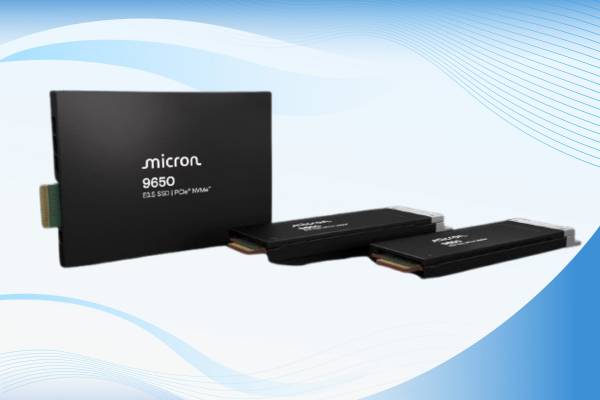Geospatial information science is one of today’s most dynamic fields. It deals with collecting, analyzing, and visualizing location-based data. This discipline combines geosciences with information technology to address practical needs such as urban planning, infrastructure development, natural disaster management, and public health. Although technology like GPS navigation and Google Maps has long been available, the recent explosion of data and the growing demand for real-time decision-making have created a need for new solutions. This is where artificial intelligence comes in—especially with Google’s Geospatial Reasoning framework.
The analysis of spatial data can face serious obstacles. One of the biggest challenges is the large amount and diversity of data. From satellite images and traffic sensor readings to weather models and demographic statistics, many data sources are often incompatible with each other. Traditional geographic information systems (GIS) sometimes struggle to integrate and interpret these varied data effectively. Another major issue is the need for specialized expertise: operating GIS systems often requires specific knowledge, which limits their use.
The rise of artificial intelligence, especially generative models and large language models (LLMs), now offers new ways to overcome these challenges. Google’s new models can automatically detect spatial patterns, predict events, and create inference chains from natural language instructions. For example, the Population Dynamics Foundation Model (PDFM) analyzes population movements and behavior based on various environmental factors, and trajectory-based mobility models study movement paths and patterns.
The Geospatial Reasoning Framework
Geospatial Reasoning is a new research and development initiative at Google that unifies advanced artificial intelligence with established geospatial models into one framework. Its goal is to speed up, simplify, and democratize solving spatial problems.
The system is built on three pillars:
-
New remote sensing models trained on high-resolution satellite and aerial images,
-
The Gemini LLM, which coordinates complex analysis processes from natural language queries, and
-
Agent workflows powered by the Vertex AI Agent Engine, which connect Google Earth Engine, BigQuery, the Google Maps Platform, and other data sources.
This framework allows the system to automatically search for, collect, and analyze the spatial data needed based on a query written in everyday language. For instance, a crisis manager might ask, “Where is the highest risk of further flooding after the hurricane, and which areas need urgent help?” The system then examines satellite and aerial images, weather forecasts, population data, and social vulnerability indexes, and responds with both visual displays and numerical results.
In practice, Geospatial Reasoning can be used by many researchers and analysts. Environmental scientists can model the effects of climate change, urban planners can optimize new infrastructure investments, and disaster management professionals can quickly assess damage and prioritize resources. The system already detects buildings, maps roads, and charts damage.
Google has made the model accessible through a trusted tester program. The first partners include Airbus, Maxar, and Planet Labs, companies with decades of experience in remote sensing and Earth observation. They are already working on projects such as rapid urban mapping, agricultural land analysis, and real-time monitoring of climate events.
However, Google is not the only player in this field. Amazon Web Services (AWS) and Microsoft Azure also offer AI tools for geospatial computing, but these are currently less integrated and require more technical know-how. Google’s advantage lies in combining a natural language interface with an extensive data infrastructure.
Looking ahead, competition in this field is expected to intensify, leading to even better tools. Google also plans to integrate this tool into its broader ecosystem, which will improve accessibility and add new types of data. For example, during a natural disaster or epidemic, additional information from Gmail could be utilized. Of course, the potential downsides are also clear—such a system can be used not only to facilitate help but also to cause harm.























